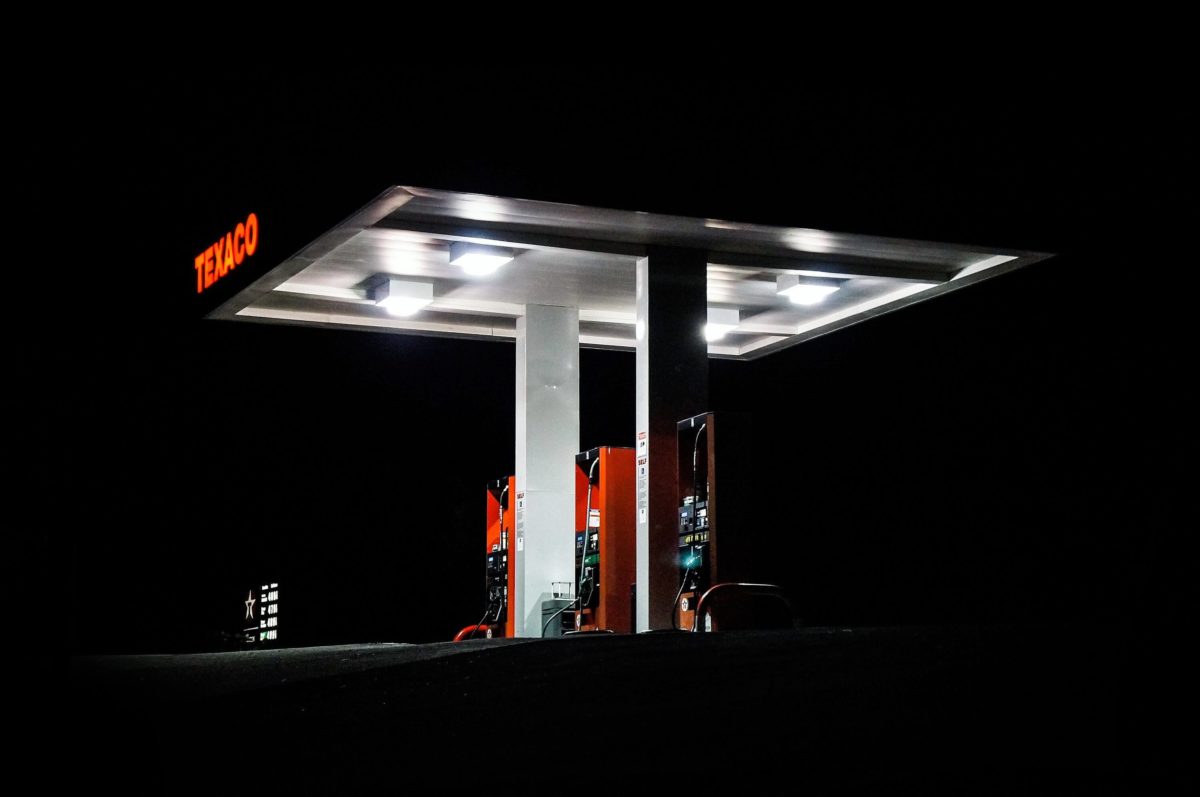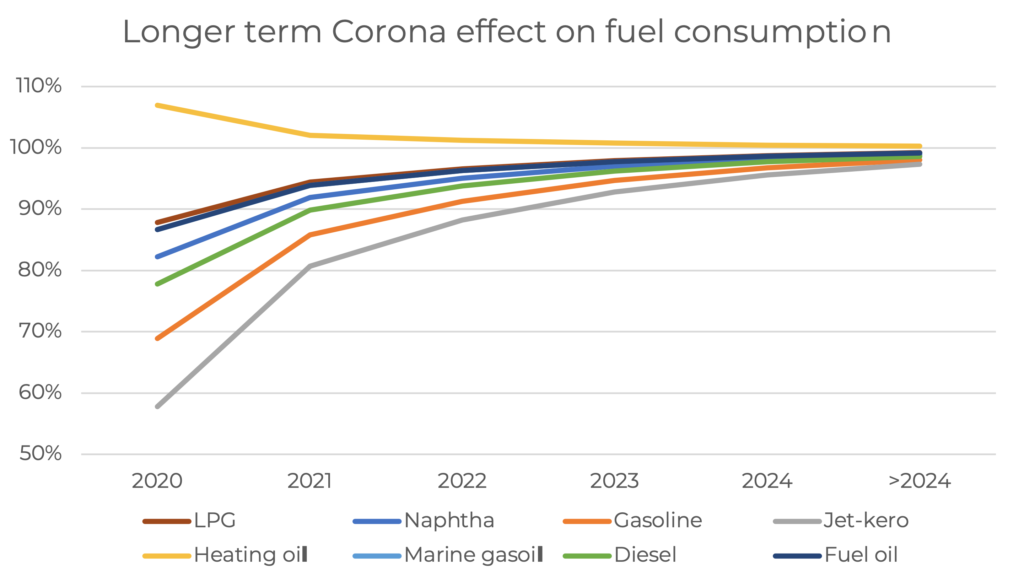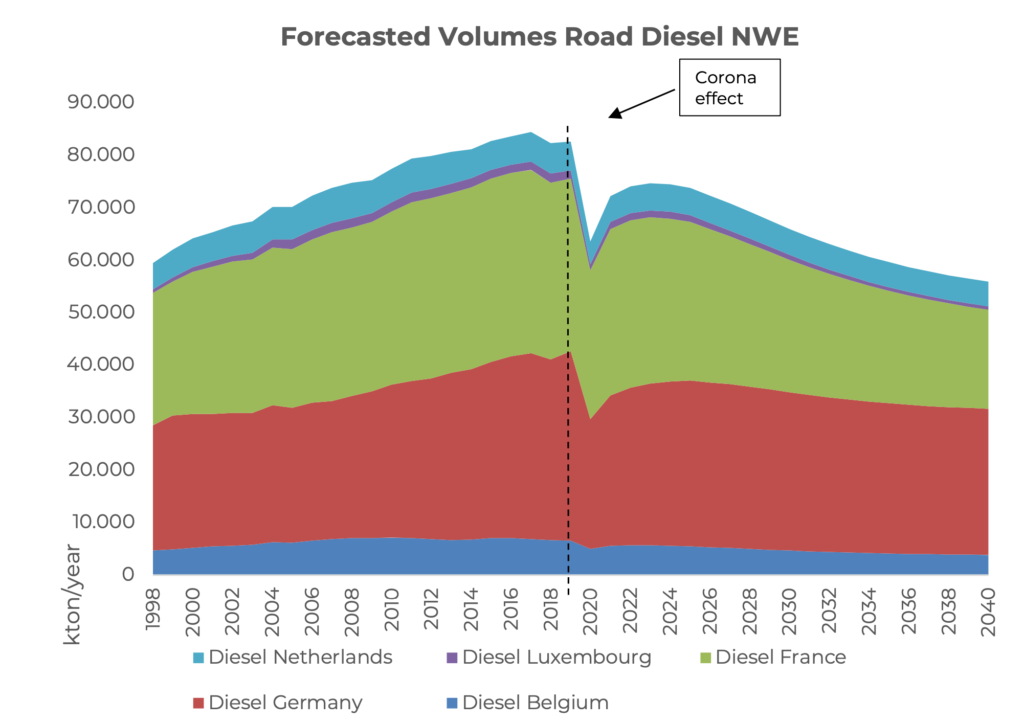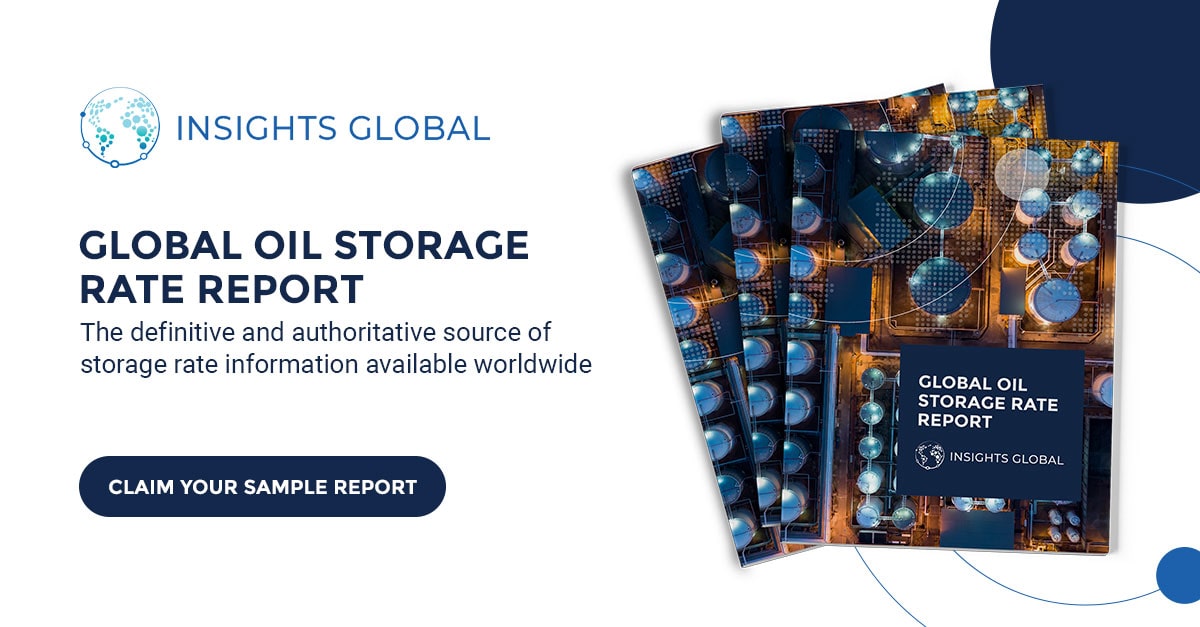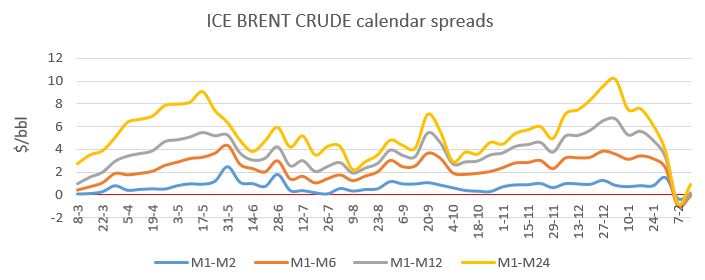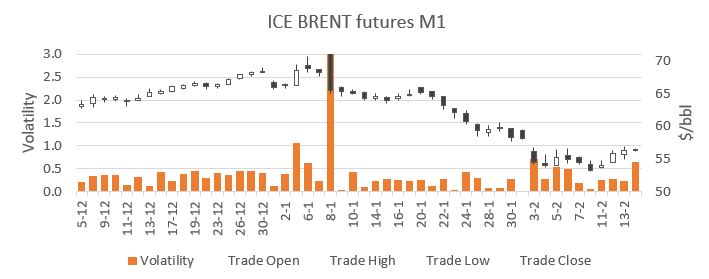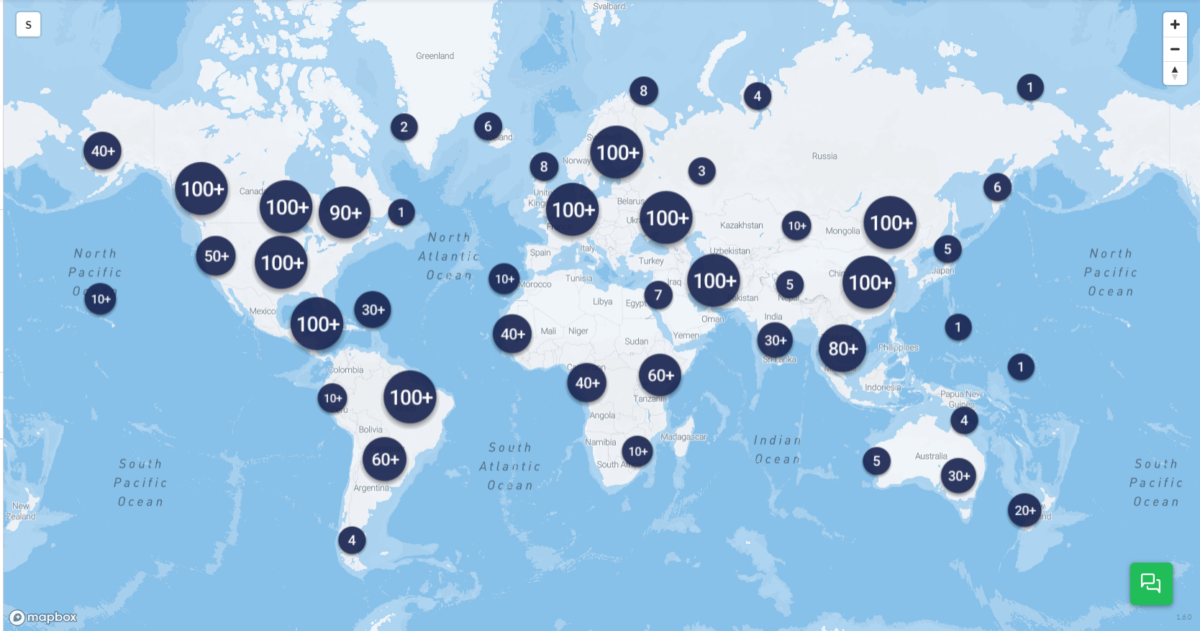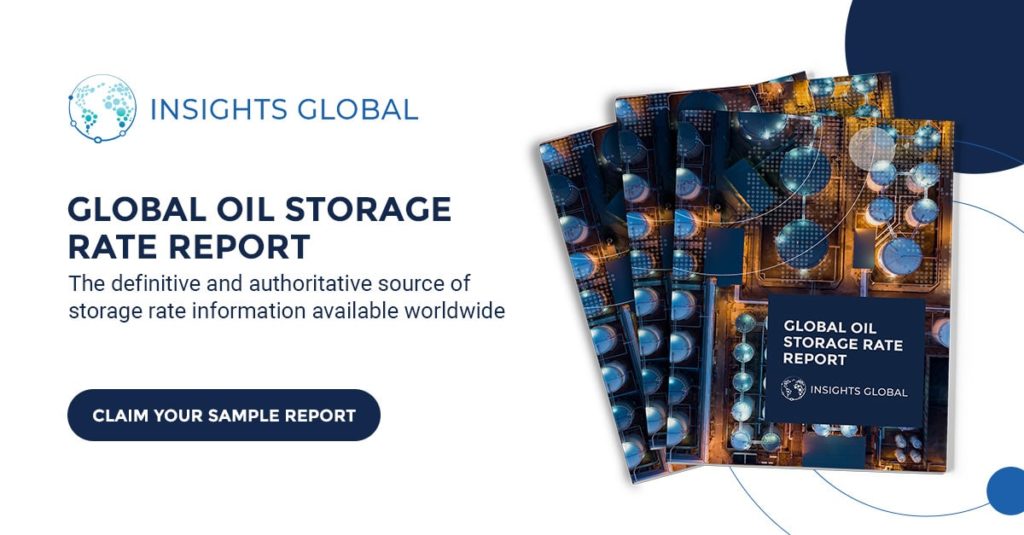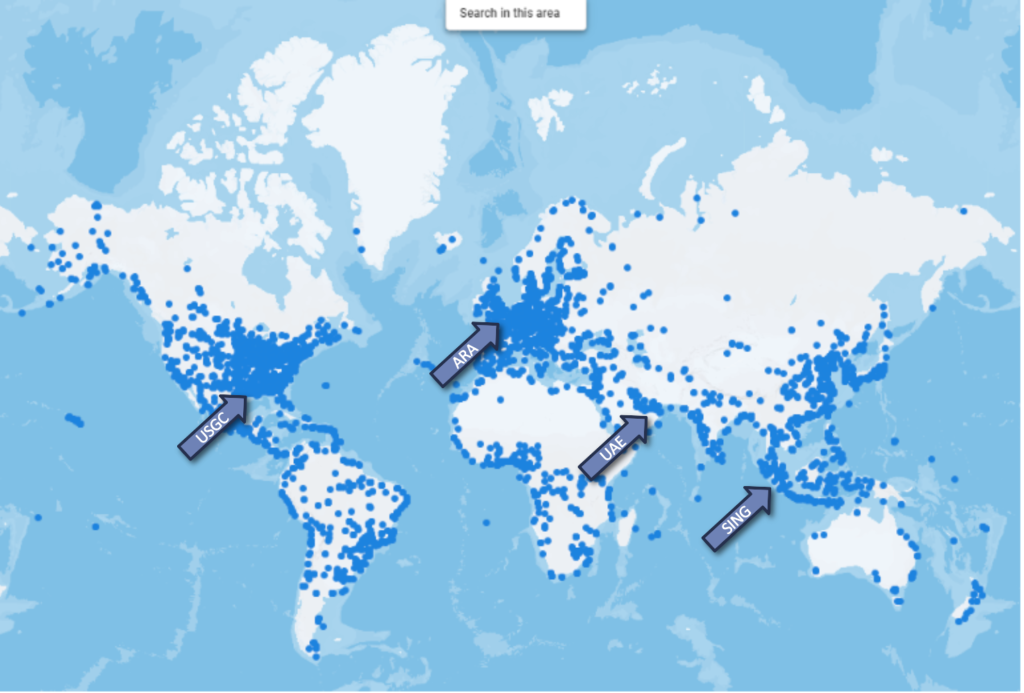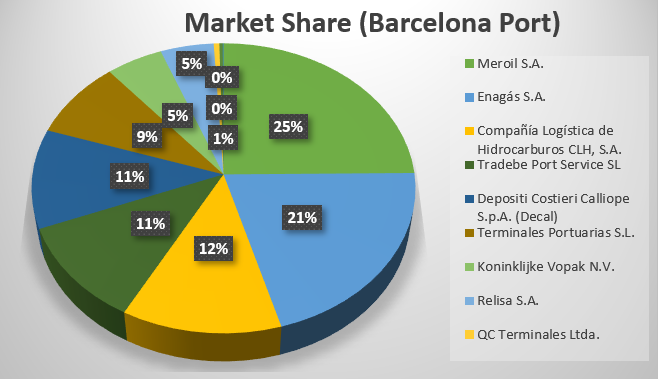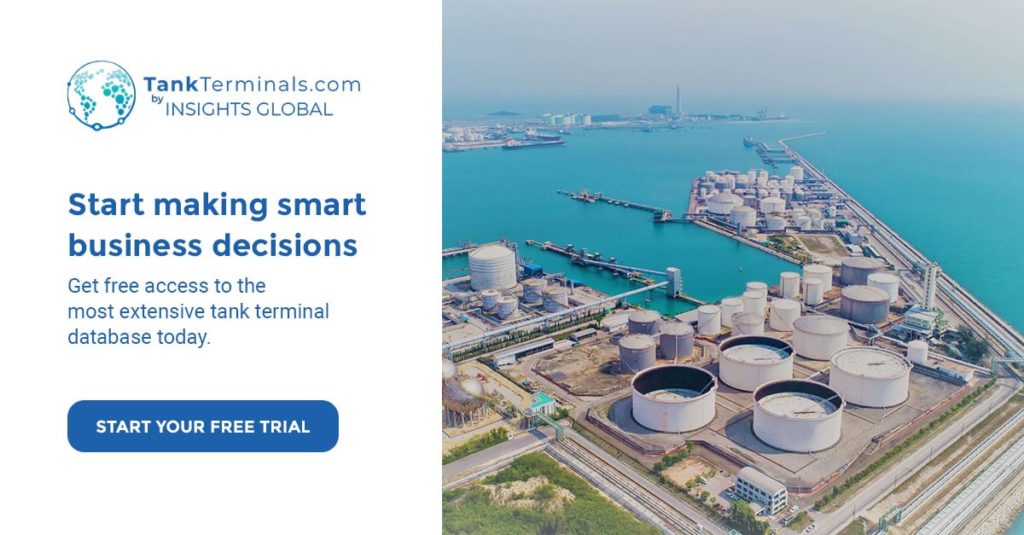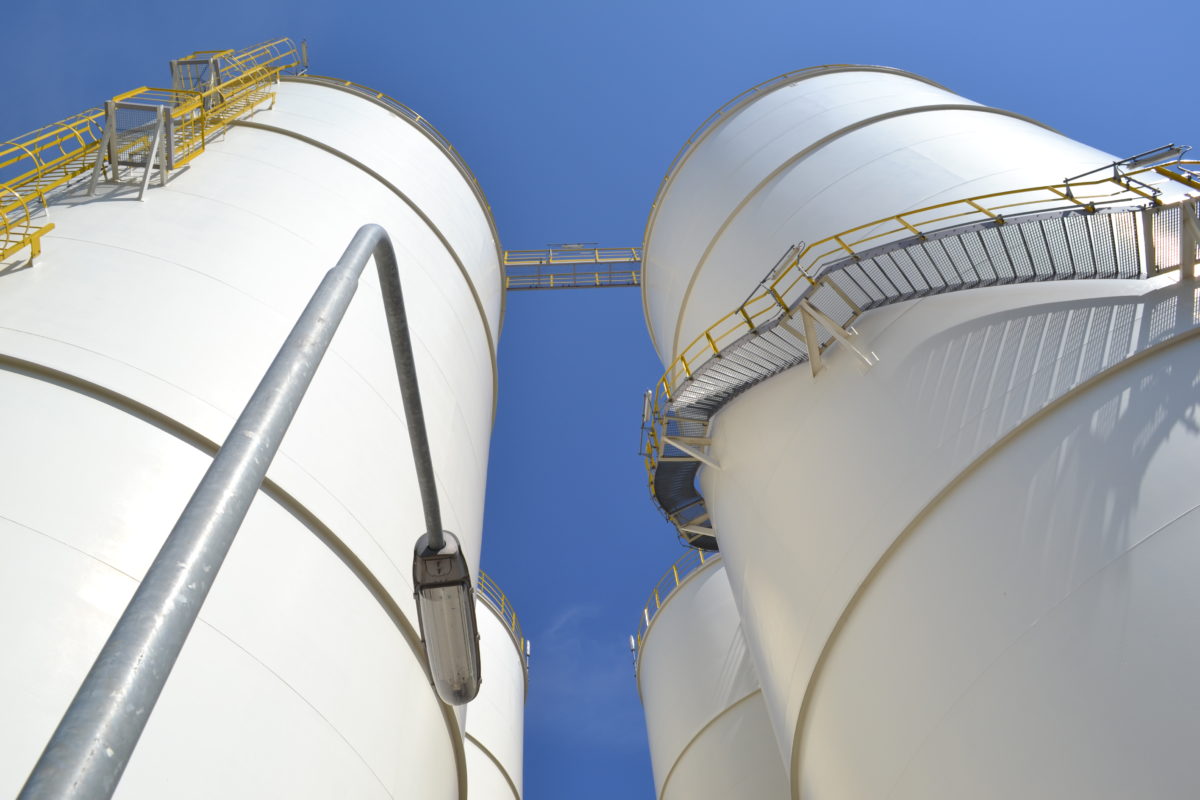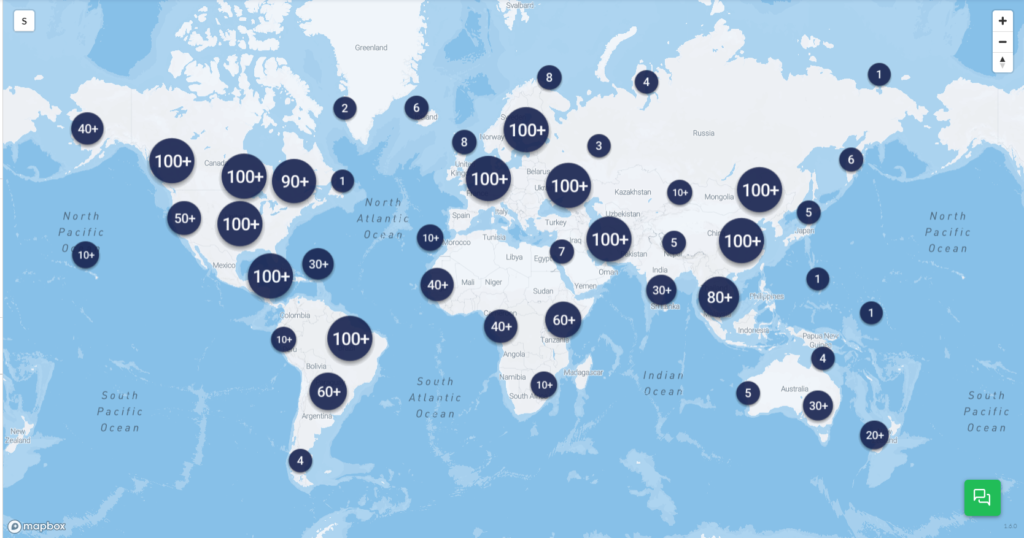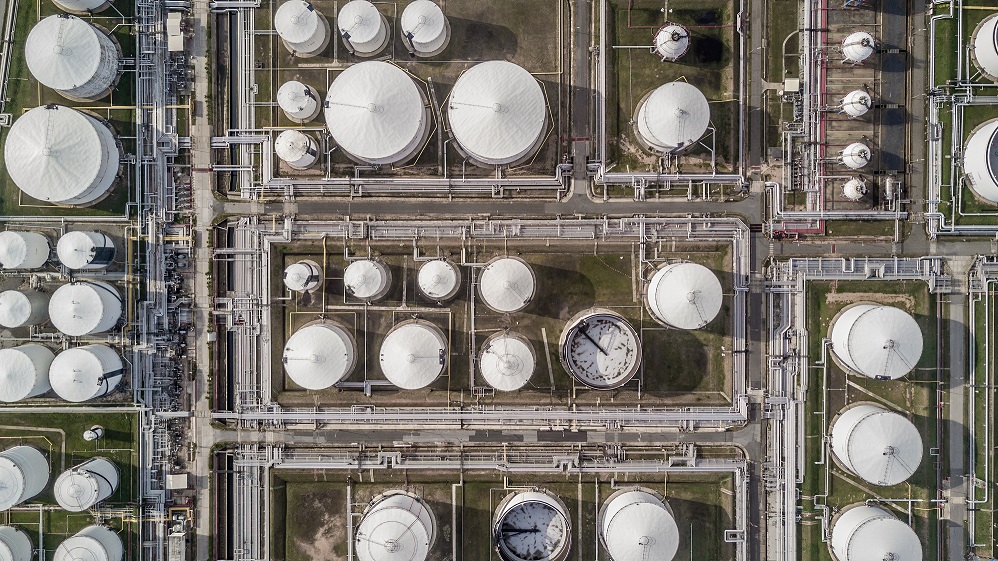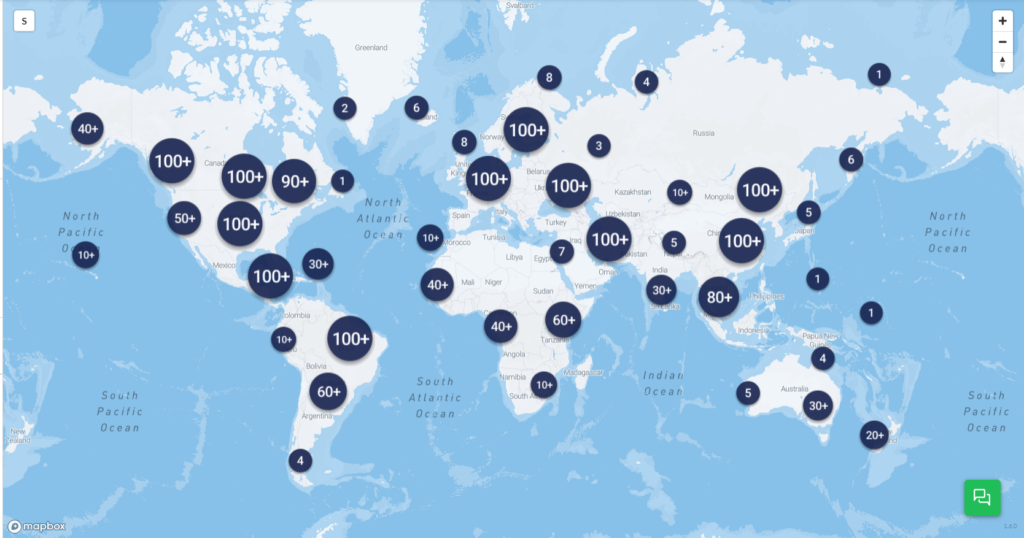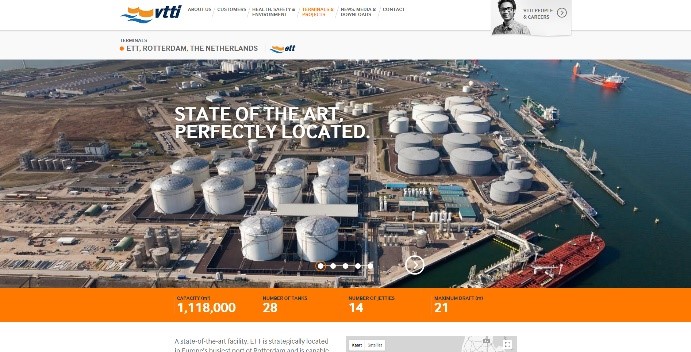Tank terminals have been instrumental in facilitating the rising popularity of biofuels in the European Union. The first EU biofuels directive—to promote the use of biofuels and other renewable fuels for transport—entered into force in 2003 and set a voluntary blending target of 2% in 2005. The biofuel component in gasoline and diesel has been increasing slowly but surely since then, but changing biofuels regulation over the next few years are set to have a strong impact on tank terminals.
In November 2016, the European Commission published its ‘Clean Energy for all Europeans’ initiative. As part of this package, the Commission introduced an updated version of the Renewable Energy Directive, which defines a series of sustainability and GHG emission criteria for bioliquids. After the EU member states reached an agreement on this proposal in December 2018, the Renewable Energy Directive II (RED II) officially entered into force.
In RED II, the overall EU target for sustainable energy sources by 2030 has been set to 32%. While the Commission’s original proposal did not include a transport sub-target, the final agreement stipulates that the Member States must require fuel suppliers to supply a minimum of 14% of the energy consumed in road and rail transport by 2030 as renewable energy. Fuels used in the aviation and maritime sectors can opt in to contribute to the 14% transport target but are not subject to an obligation.
Currently, most member states are not meeting their individual targets. However, considering that the directive has to be transposed into national law by the Member States by 30 June 2021, the European Commission will soon be legally equipped to enforce the directive.
For tank terminals, this will mean a substantial shift in blending demand. Traditionally, bioethanol consumption depends on road gasoline consumption, which is expected to decrease. However, due to higher blending mandates, ethanol demand is expected to grow. Likewise, biodiesel consumption is strongly correlated to road diesel consumption. Although diesel consumption is also expected to decrease, due to higher blending mandates we expect the demand for biodiesel to grow as well. The maximum percentage of first-generation biofuels is capped at 7%, while the rest should be an advanced / next-generation biofuel
So while we expect the net demand for gasoline and diesel to decrease due to a variety of factors (economic recession, electrification of passenger cars and cargo vans, work-from-home), the higher blending mandates will create strong growth in demand for respectively bioethanol and biodiesel. This will offset the decline in fossil fuels and increase the demand for tank terminal blending for tank terminals.
The Renewable Energy Directive II and its impact on the fuel market make it crystal clear that biofuels should be on the radar for every tank terminal operator. During our regular Market Update webinars, we offer our expert outlook on supply, demand, and trade flows and its impact on tank storage demand.
Do you want to make sure that you never miss out on important market updates? Sign up for the next webinar today, so that you are better prepared for what tomorrow will bring.

